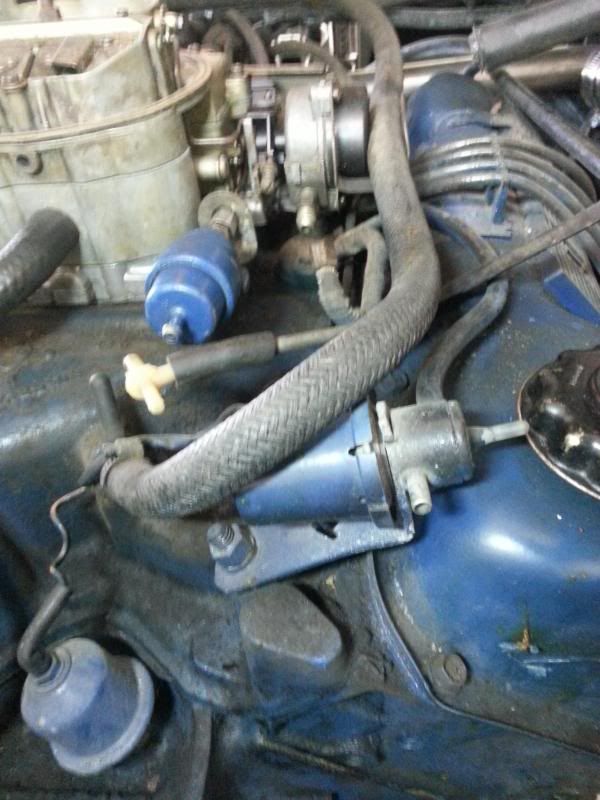Anybody have a vacuum line diagram for a 72 ???
Original Post
Replies sorted oldest to newest
quote:Originally posted by snaponbob:
LOTS more hoses came off of it !!!!!
quote:Originally posted by Cowboy from Hell:
The 1972 motor only has 2 systems controlled by vacuum
(1) the distributor
(2) the heated air for the air cleaner assembly
In regards to the distributor.
I suppose you are aware the Pantera underwent constant detail changes during its early production (when DeTomaso was building them for Ford). One of the very early on-going changes was a temperature controlled switch, installed in the coolant system, that controlled distributor vacuum and the idle solenoid. The electric ported vacuum switch (aka the PVS valve) was both an electrical switch and a vacuum switch.
I'm not sure whether or not the Pantera you are working on is equipped with that switch. If it is, it is a notorious source of trouble that should not be utilized. I am sincere in advocating for the distributor controls to be simplified as indicated in the drawing in my last post.
In regards to the air cleaner controls
The diagram below will do the trick
-G
